Seborrheic dermatitis: causes, symptoms & treatment
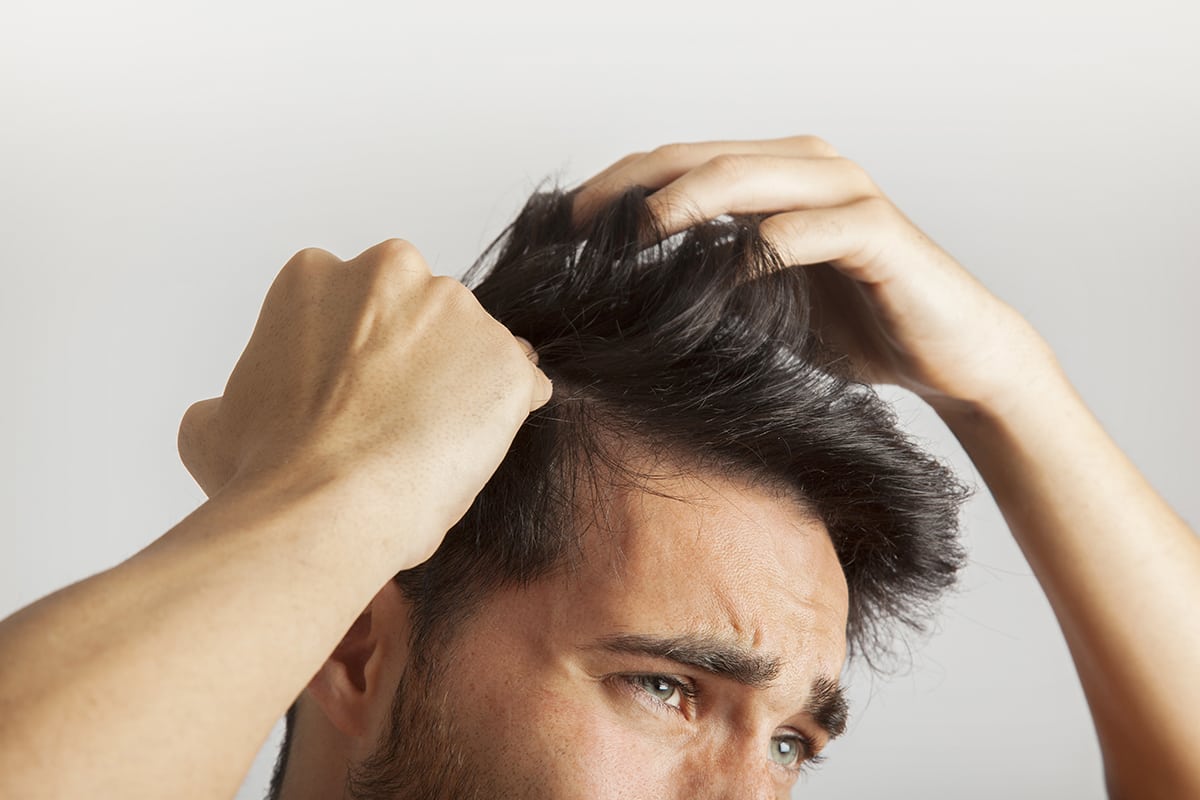
Table of Contents
What is seborrheic dermatitis?
Seborrheic dermatitis is a chronic or recurrent form of inflammatory dermatitis, which is characterized by the following symptoms [1,2,3]:
- oily flakes, yellowish plaques/scales in oily areas of the skin
- itching
- redness/redness
- rash – may appear dark or light depending on skin type)
- dry skin and peeling of the skin (dandruff, especially in areas with hair growth
Although it is not something dangerous to health or contagious, it has a significant effect on psychology [1] [2]. Let’s get to know her a little better.
It can occur in infants, in the form of cradle cap, in young children, but also in adults (mainly men), with statistics indicating that around 3-10 out of 100 will experience seborrheic dermatitis at least once in their lifetime.
Where does it appear?
It is usually found on the face and scalp. What is worth noting is that it manifests itself in areas where excess sebum is more common, such as: [4]
- on the scalp
- around the nose
- behind the ear
- on the eyebrows
- on the eyelids
- on the neck
- in the armpits
- in the sternum/chest
- in the beard
It is characterized by periods of ups and downs, while in the summer months it improves due to exposure to the sun (UV radiation).
Causes
Despite the frequency of the disease, the causes of its occurrence are not yet clear. Seborrheic dermatitis is not due to an allergic reaction or poor skin hygiene.
Experts focus on the following [1]:
1. Overgrowth of the Malassezia fungus, which is normally present in the microflora of the skin, but overgrows in some individuals, resulting in an infection with changes in skin physiology.
2. Hormonal changes, such as increased androgen levels
3. An inflammatory reaction on the surface of the skin
4. Family history
5. Increase of lipids in the epidermis.
The factors that can trigger the manifestation of the disease include: [1,3]
- Stress
- Cold climate
- Oily skin
- Use of alcoholic skin and scalp care products
- History of acne, rosacea, and even psoriasis
Treatment
Although the symptoms of seborrheic dermatitis are similar to dandruff or even psoriasis, we have to admit that it is a different condition that needs different treatment.
The most common treatment practices include:
- Antifungal care products: Both shampoos and lotions, creams and topical foams with antifungal agents can limit the overgrowth of the Malassezia fungus that is responsible for the outbreak of this disease.
- As for the hair, it is recommended to use shampoos with keratolytic properties, which remove scales. Most commonly, it is recommended that they remain on the scalp (without rinsing) for about 5 minutes, while they can be used up to 3 times a week, for several weeks. Of course, how often they will be used is determined by the specialist who monitors you.
- Gentle cleansers should be used on the face that respect the pH of the skin, without worsening oiliness.
In more severe cases, your doctor may recommend an oral antifungal treatment if symptoms do not improve with topical and topical products. [5] [6]
Alternatively, and in milder situations, products with:
- selenium sulfide
- zinc pyrithione
- coal tar
- salicylic acid
- tea tree essential oil
Additional points that need attention are:
- Daily care of the skin and scalp: is a basic condition both for the prevention of flare-ups and for the treatment of seborrheic dermatitis.
- Skin hydration is also very important, however not all products are well tolerated. It is recommended to use special creams and moisturizing oils suitable for tinea, in the case of infants, and for seborrhea, in the case of adults.
It is worth noting that many times the symptoms can improve or subside on their own or with a simple change of shampoo or cleanser.
Diet
Adopting certain dietary practices may help limit flare-ups. More specifically, studies have shown that the diet can improve the clinical picture of people with inflammatory and/or autoimmune skin diseases, when it is rich in: [7]
- fruits
- vegetables
- fish
- reduced refined carbohydrates, saturated fat and red meat
Omega 3 fatty acids have a decisive role in the nutrition and treatment of seborrheic dermatitis, due to their strong anti-inflammatory effect.
Additionally, limiting fermented foods appears to be particularly beneficial in patients with seborrheic dermatitis. This implies reduced consumption of:
- bread
- wine
- beer
- cheeses
- in general of foods prepared from yeast
Of course, further studies are needed to strengthen this theory.
Natural treatment with herbs
Some herbs used externally for skin conditions that have been shown to improve symptoms in seborrheic dermatitis are:
- Tea tree oil: A recent study from 2023 shows that tea tree oil is able to limit the growth of the fungus Malassezia furfur involved in the manifestation of seborrheic dermatitis, thanks to the substances it contains (1,8-cineole and α-(-)bisabolol. ) It is worth noting that tea tree essential oil should not be applied directly (diluted) to the skin, like all essential oils.[7]
- Aloe vera: This well-known herb appears to have a mucilaginous gel in its leaves that provides anti-inflammatory and anti-pruritic properties, able to relieve patients with seborrheic dermatitis.
- Avocado oil: The application of avocado oil manages to remove the “scales” resulting from seborrheic dermatitis. Also, some of its components have been shown to exhibit antifungal activity. [8]
Seborrheic Dermatitis Vs Psoriasis
Although psoriasis and seborrheic dermatitis are two conditions that are often confused with each other, they have distinct characteristics that your dermatologist can differentiate between.
These two conditions may share some symptoms, such as scaly skin and inflammation, but they are distinctly different.
Specifically, regarding psoriasis [9][10]:
- It is an autoimmune disease
- The scales appear thicker and drier than those of seborrheic dermatitis.
- Extends beyond the hairline.
- Can affect more areas of the body (elbows, knees)
- Worsening of the condition can also be associated with an ascending arthritis.
In conclusion
So we see that seborrheic dermatitis, although it occurs relatively often in the general population, can be improved with the use of the right products and small changes in our diet.
References:
Disclaimer
The content of this blogspot is not and can not be considered as medical advice, diagnosis or treatment. All information is provided to readers solely for informational purposes. There is no intention to substitute this content for personalized medical advice, diagnosis, prognosis or treatment.



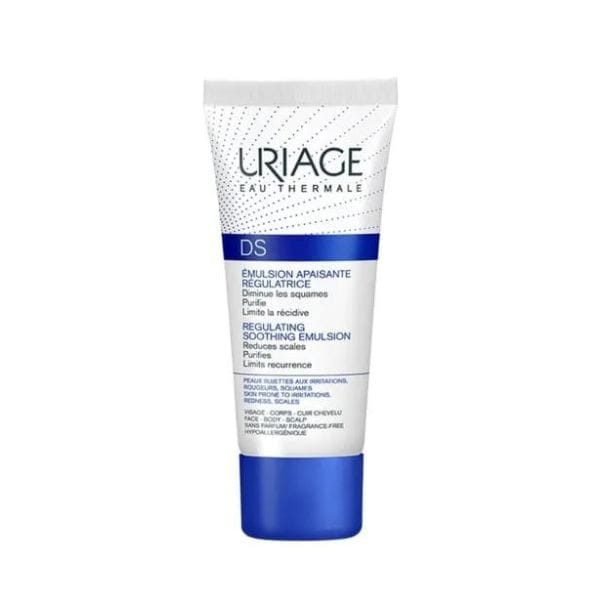
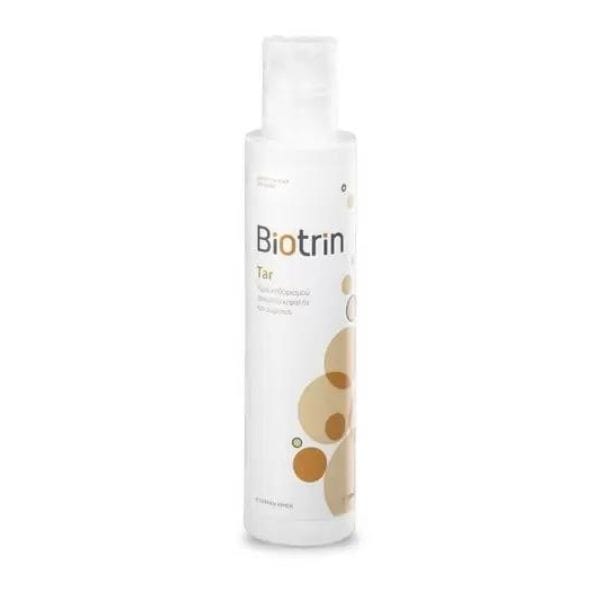


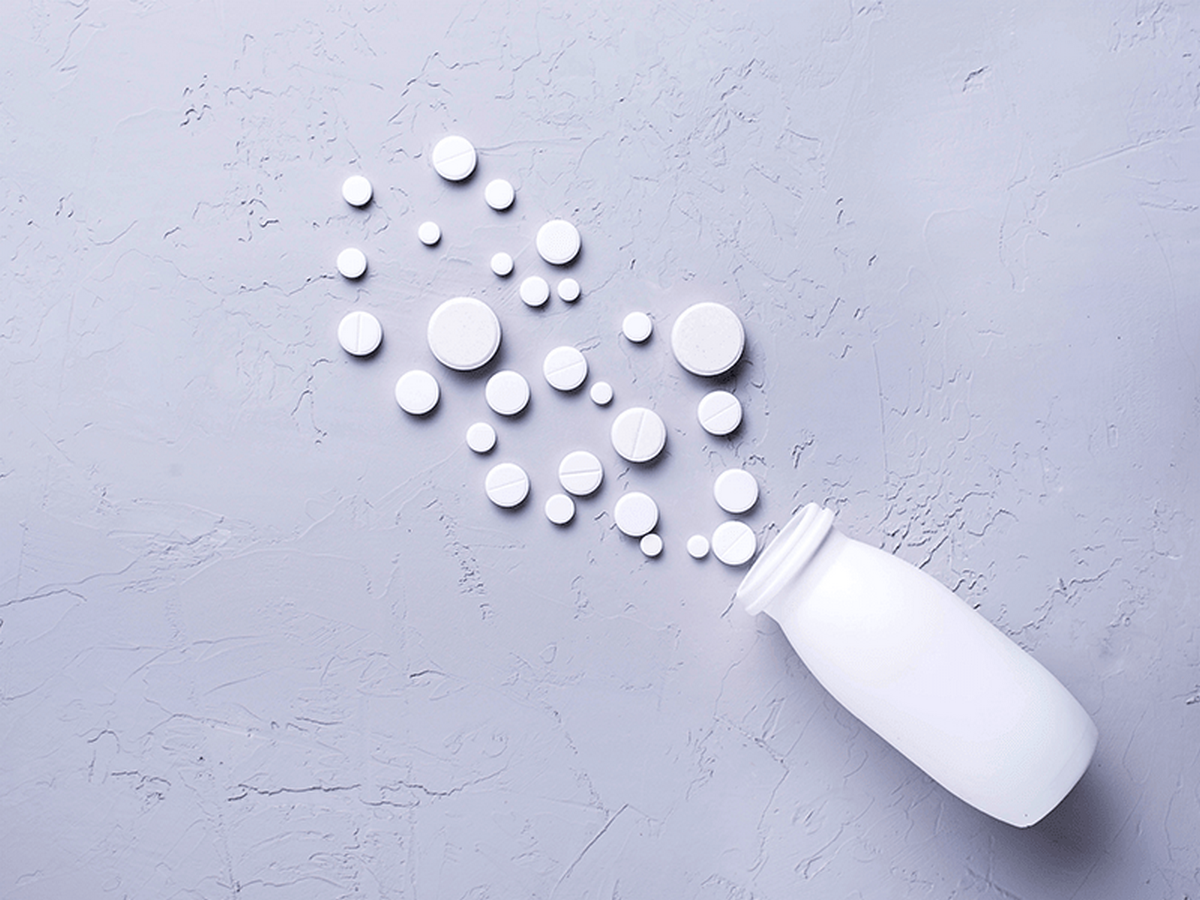


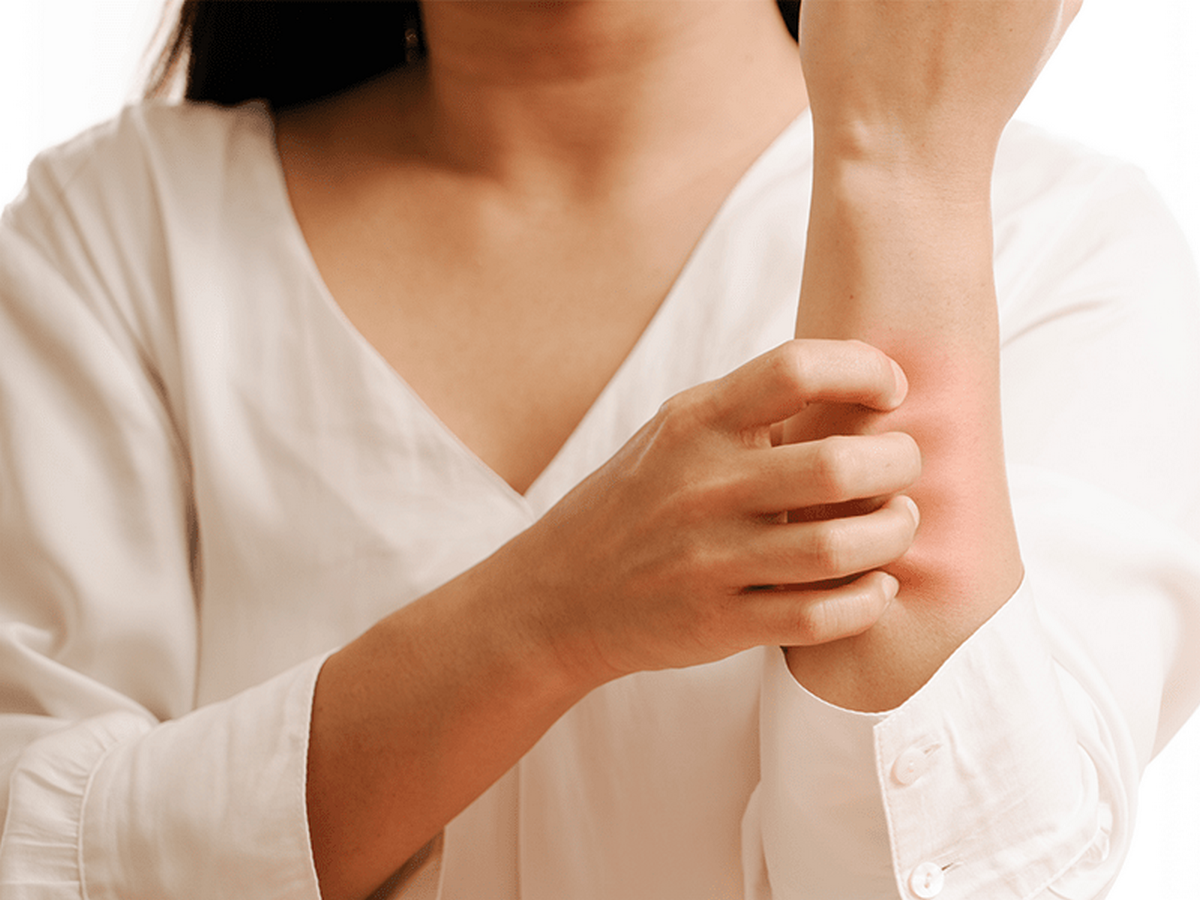



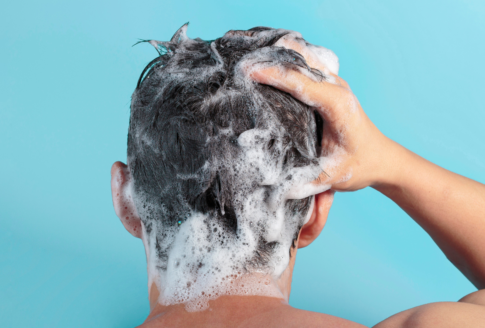
Leave a comment